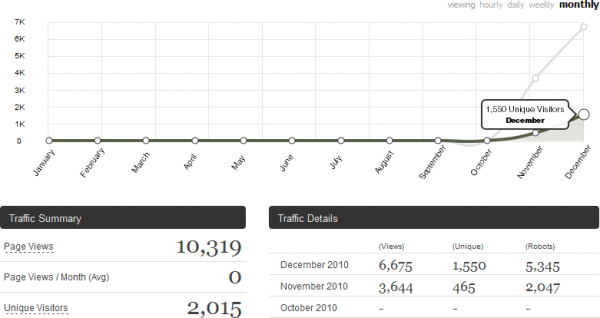3 Things You Should Know About Being An Expert Medical Witness
 Expert medical witnesses are critical to the US legal system.
Expert medical witnesses are critical to the US legal system.
Q: What gear were you in at the moment of the impact? A: Gucci sweats and Reeboks.
We all have our favorite lawyer joke. Lawyers have their favorite doctor joke. That aside, probably the most common non-clinical job for doctors is participating as a consultant or expert witness in medical malpractice or product liability cases (Disclosure: I've done this several times representing both plaintiffs and the defense in both medical professional liability and product liability cases).
There are several "how to's"http://expertpages.com/news/how_to_be_a_successful_expert_wi.htm and seminars http://www.seak.com/ and www.medicalfusionconf.com that will give you plenty of information and guidelines. Here are some tips :
Make sure you know what you are signing up for
The engagement process goes something like this. A lawyer has been presented with a case. They need a domain expert to render advice about the facts of the case and the issues involved. They ask you to review the records, spot any inconsistencies, red flags or discrepancies, and then render an opinion, in the case of a medical malpractice action, about whether there was a violation of the standard of care or not. Remember the four elements of torts...duty, breach , causation, and damages?
So far, you are a confidential consultant. Once officially designated as disclosed or designated, you become an expert witness.
Be sure you understand who pays for what and how much and when
Typically the lawyer who hires you pays the fee and any retainer. Fees for medical legal consulting vary from person to person. How much you charge will depend on how you value your time and expertise, whether you charge extra for depositions and court appearances, and what the market will bear. During the initial conversations with a legal office, be prepared to answer 1) Are you willing to review a case for plaintiffs and defendants, 2) How much do you charge and what are the terms, and 3) Have you done this before and how often ?. You should not be embarrassed by how much you charge and should be able to justify the amount during testimony.
The legal definition of an expert is somewhat different than the medical definition of an expert.
While the medical definition of an expert usually refers to a leading researcher, thought leader or award winning scientist, the legal definition of what qualifies someone as an expert differs. http://legal-dictionary.thefreedictionary.com/expert+witness In general, qualifying an expert involves demonstrating that the doctor has the necessary qualifications , training and experience to render an opinion on the facts and issues presented by the case. Typically, the minimal requirement is board certification in a given specialty or sub-specialty.
You might be reluctant or hesitant about being an expert witness or consultant. The choice is yours. I do it because I learn a lot about the literature and the standard of care, it makes me a better doctor and raises my radar about the mistakes I might make and prevent, it supplements my income, and, I feel both sides are entitled to their day in court with knowledgeable experts at their sides. Finally, the world is round and some day I might be asking for your help.
I invite you to share your experiences and comments.





 Post a Comment
Post a Comment






